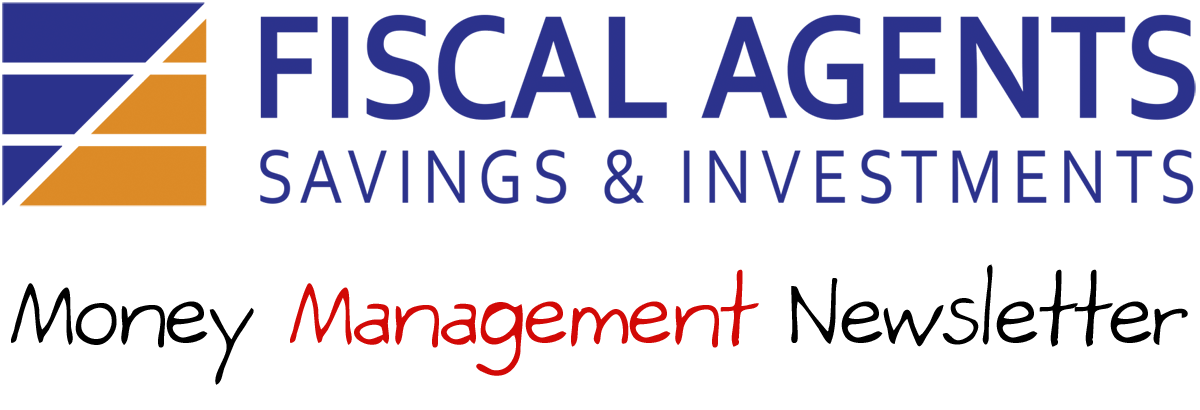
A well-planned retirement starts with a Cornerstone® Retirement Plan.
Our goal in these changing times has never been more important: to bring financial predictability to your retirement plan.
We specialize in building and maximizing retirement income with guaranteed investments, financial products that help protect what you have earned, with lasting predictability.
Interested in building predictability into your retirement plans? Contact us today for a no-obligation review.
- Life in Retirement
Life in Retirement
Most people save when they can, without a firm idea of where they’ll end up financially or whether they’re on track to meet future goals. Are you concerned about whether you’ll be able to maintain your lifestyle through retirement?
If you don’t know where you’re going with your retirement plan, you’ll never know where you’ll end up. And fear of running out of money can become a very serious stressful concern.
It doesn’t have to be that way. A Fiscal Agents Cornerstone Retirement Plan reviews your future desires, health- and family-related financial obligations. We then help you develop a blueprint plotting expenditures against your future income and the assets at hand. Hopefully, this analysis will confirm that you can indeed meet your goals and aspirations. But if not, we’re ready to help modify your planning.
- Retirement Savings
RRSPs, Retirement Income Funds, Annuities and your financial independence
Financial advisors have traditionally recommended using your age as an indicator of what percentage of your assets should be in safe investments to manage risk.
We suggest this easy to understand formula: Safe assets = age.At age 50, hold 50 per cent of your assets in safe investments and 50 per cent in riskier ones with potential for greater growth. At 65, invest 65 per cent for safety and 35 per cent for growth. This does involve a trade-off as you age and give up some potential for higher returns in order to get more peace of mind. But your Fiscal Agents advisor can make this trade-off easier by ensuring your safe investments earn the very best rates available.
- RSPs +
Retirement Savings Plans +
When the federal government designed Canada’s retirement funding system it assumed you would save for retirement over many years through an RRSP, employer-sponsored pension plan or both.
But retirement is just one savings need that has to be managed in relation to many others: housing, children’s education, vacations and more – including those unexpected major expenses that crop up from time to time.
So, where to start? This depends on how long you have to invest, considered in the context of your present wealth, income, earnings outlook and any anticipated inheritance or other windfall.
For ease, our clients have found it useful to have separate accounts or plans for major contingencies. This simplifies the planning process and is easier to follow. A Fiscal Agents GIC advisor can help you create each plan and identify the most suitable financial products for it. This includes advice on how much to set aside and how often.
Want to get some idea on your own? Click HERE for see-it-for-yourself financial tools.
- Income Funds
Retirement Income Funds
Let’s say you’re near or at retirement.
Here’s a recap: Registered Retirement Savings Plans (RRSPs) are investments for growth while Registered Retirement Income Funds (RRIFs) and annuities are accounts that pay out as income.
You’re in a two-stage partnership with the federal and provincial governments. In stage one they did not tax the employment earnings you contributed to your RRSP or your plan’s investment returns. You’ve had a “tax-shelter.” The idea was to encourage you to save and help you accumulate enough to retire without a major lifestyle sacrifice.
Now, it’s time for stage two. Retirement typically means no longer having to work. And that typically means no longer getting a paycheque. So it’s time to start tapping your tax-shelter to meet expenses. Once withdrawn, this money gets added to your other income for the year and taxed accordingly.
Most of our clients arrange for monthly or quarterly payments to supplement pensions and other income. You have two options:
- A RRIF lets you vary withdrawals to meet your needs. But each year you must take out – and face tax on – a minimum amount. This is a percentage tied to your age or that of your spouse. Click HERE for more details. While you’re not legally required to convert your RRSP to an income vehicle until you turn 71, it’s usually better to open a RRIF with at least part of your money as soon as you want to start withdrawals. That’s because financial institutions typically hefty fees on withdrawals from RRSPs but not on those from RRIFs.
- An annuity is an automatic payout plan. You give a set amount of money to a financial institution or life insurer and they automatically pay out a set amount at set times. This can run for a set term or life.
Click here to see how your RRSP and a RRIF could meet your needs via our online calculator.
You might have both a RRIF to meet one set of needs and an annuity to meet others. And, if under 72, you might have an RRSP and a RRIF and an annuity. A Fiscal Agents advisor can help work out the best plan to provide needed cash while the rest grows as much as possible consistent with safety and predictability.
- Annuities
Life Annuity
A life annuity is a contract under which a life insurance company will pay a guaranteed monthly income for your life or that of your spouse. The contract can be structured so that payouts run:
- For as long as you live
- Until your spouse dies
- Until you and your spouse die
The monthly payout is a combination of interest and principal. The full payout is taxed as income if the annuity was purchased with money from an RRSP or RRIF. Part of the payout is tax-free if the annuity was purchased with other money.
The key point is that the person whose life is covered – the “annuitant” – doesn’t have to worry about outliving the money. The insurer guarantees that.
How can an insurer guarantee payouts for life? The insurer projects “average life expectancy” for its pool of similarly aged annuity buyers. That’s the point by which half the group is expected to have died. Money from those who die before that date is used to subsidize payouts to those who outlive the projection.
Life annuities require complex decision-making that cannot be reversed, so professional advice is a must.
The above are general observations and understanding. However, Fiscal Agents is not in the business of marketing life insurance products, please consult with a life insurance distributor as each individuals circumstances will differ.
